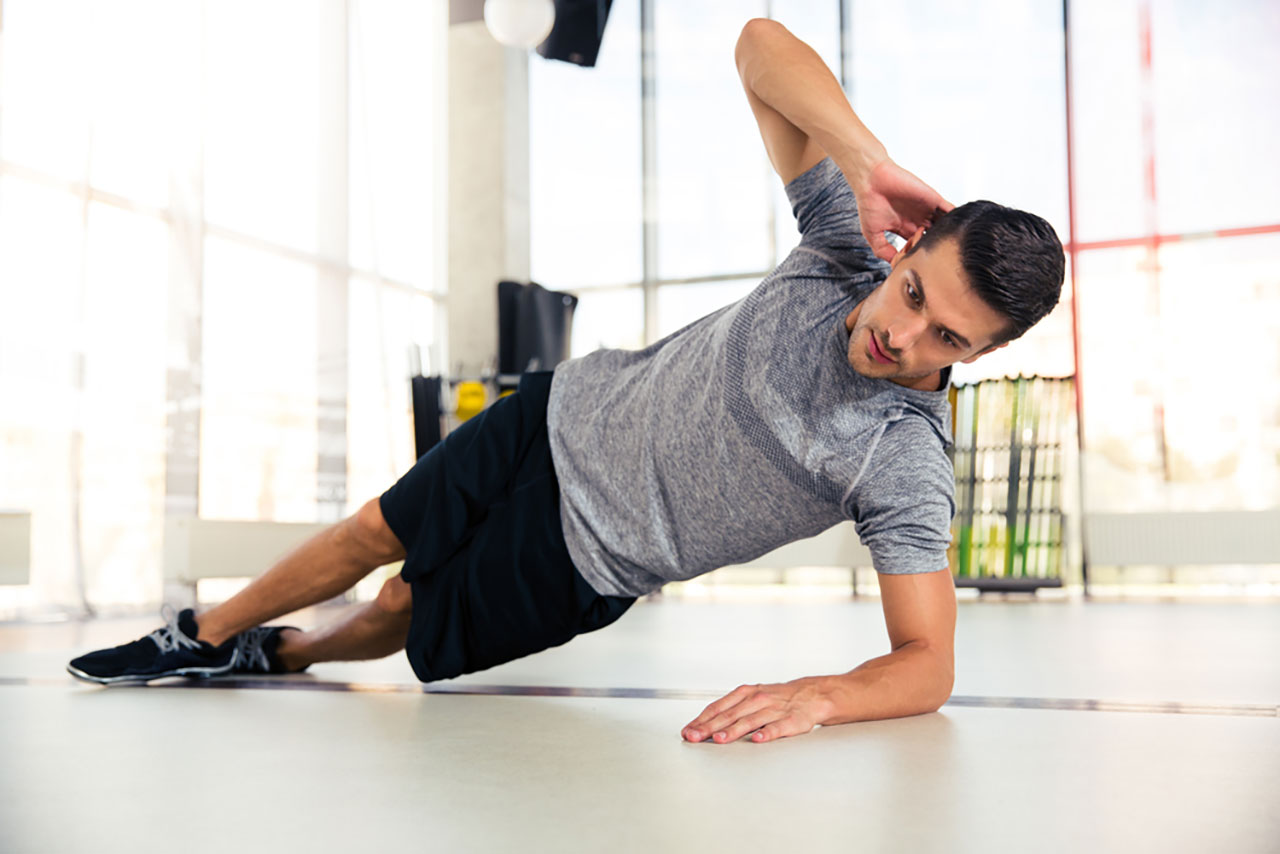

Safety isn’t just about avoiding injuries. It’s also about preventing injuries by being proactive. When your people invest in their own health, they’re building the foundation for a safer job-site (think fewer injuries or accidents) and a healthy and happy future for themselves and those they love. So, the question is — How can you promote physical fitness and address health concerns with persons, and how has this responsibility changed since the pandemic? How can you adapt?
As a supervisor, when you’re assigning tasks, you have to think about the general physical fitness of your crew. For example, before you ask someone to unload a pallet that was just delivered, you have to consider the weight and the ability of the individual you assign to the task. You also need to monitor the mental health of your people.
Taking such "health assessments" of personnel takes effort and attention in normal times, but COVID-19 has thrown a wrench into “normal.” For the last several weeks, people have been in varying degrees of isolation. Even folks who are still working on the job-site may not be getting the regular exercise they used to get. When they’re home, they’re in isolation. They aren’t going to the gym. They aren’t meeting friends for a pickup game of basketball or hockey. They aren’t even taking their dogs for long walks. They zip in and out of the grocery store quickly and efficiently, without wandering to window-shop and without getting their 10,000 steps. And, according to anecdotal evidence, we’ve all been moving less and eating more.
You can’t force your employees to exercise at home so that they’re healthier and more fit for work. But when you talk to them about injury prevention, you can suggest that they spend a little time at home to maintain a strong core. Remind your people that strengthening their core muscles—abdominal muscles, back muscles, and the muscles around the pelvis—will make it easier to work, lift, and even sit and stand. Older adults who have strong cores are less likely to suffer debilitating falls. Developing strong core muscles can help relieve lower back pain, too.
The Mayo Clinic has created a helpful slide show of exercises designed for different types of bodies/abilities which can help build core strength. You can suggest others to watch it here.
Personnel Accident Health Human-Resources